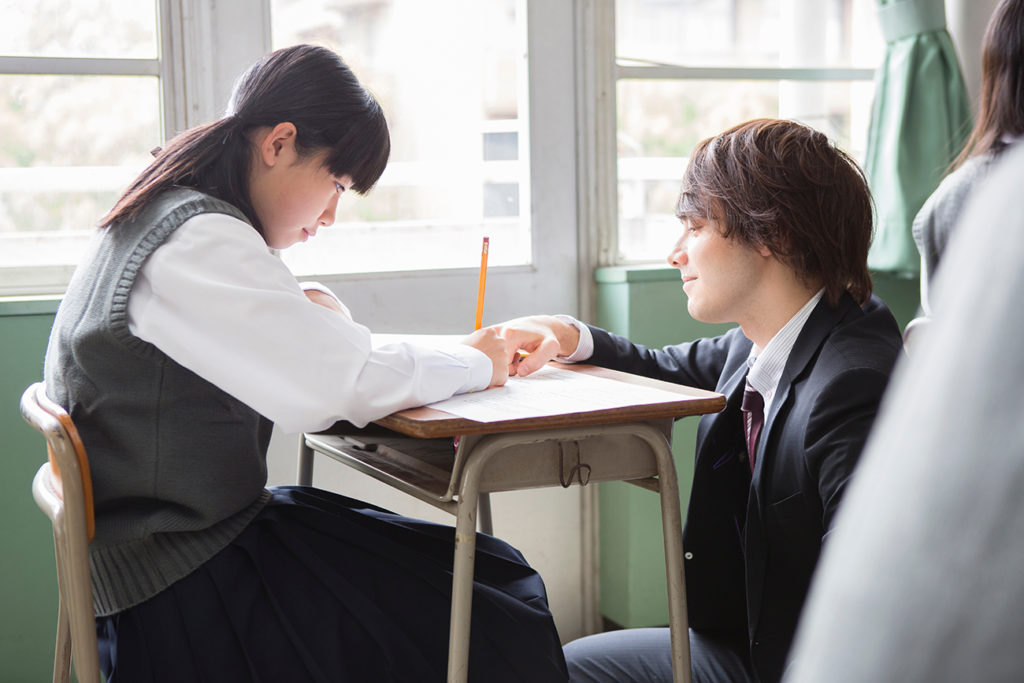
Keigo: Respectful Japanese
The word “keigo (敬語)” generally means “respectful Japanese.” It is one of the three general levels of politeness used in Japanese speech, namely: colloquial, polite, and honorific. These are all differentiated by verb endings and certain words or expressions, and keigo refers to the honorific level of speech. It means speaking very humbly of yourself and addressing the other person formally with the utmost respect and esteem.
Japan has distinct social classes; the way you speak to someone depends on who you are talking to. For those with a higher social status, such as teachers and elders, use keigo speech. For example, a young lady would converse with her grandparent in keigo, which extremely respectful, while the grandparent does not have to do the same to the grandchild.
Types of Keigo
Sonkeigo (尊敬語) – also called “respectful Japanese,” this is only used to address others, such as customers and those with a higher social status. It is not used when referring to yourself. Lengthy and well-mannered expressions typify sonkeigo speech. Verbs and nouns can be altered into respectful forms of the words. For instance, a verb can be modified by adding a prefix and a polite suffix. The verb “yomu” which means “read” changes to “o-yomi ni naru.” The prefix o- is added to the verb’s i-form (yomi) and the verb ending “ni naru”.
Kenjōgo (謙譲語) – also called “humble language,” it is used to refer to your own or your group’s actions when assisting someone higher in status than yourself. It is similar to sonkeigo in that verbs are often modified by adding a prefix and a polite suffix. For instance, “motsu” which means “carry” is turned into “o mochi shimasu”, which is what a Japanese would say when offering to carry something for someone.
Teineigo (丁寧語) – also called “polite language,” can be used to address other people and your own actions. This type is generally taught first to foreigners who are still learning Japanese. Teineigo speech makes use of the verb ending “masu” and the sentence ending “desu.”
Usage of Keigo
Keigo is vital in business where respect and esteem is held in high regard. It is challenging to learn but essential when interacting with Japanese society. It can be tricky because if you do not speak with adequate politeness, you can be deemed rude. But if you overdo it and speak too politely, you may be considered mocking. Japanese children use informal speech but are expected to know keigo by heart by the time they become adults. For foreigners in Japan, varying standards of polite Japanese are applicable.
Example of manual keigo, Japan.
Manual Keigo
Manual keigo (マニュアル敬語) is a controversial version of standard keigo. It is usually found in manuals which fast-food restaurant and convenience store employers give to their employees, such as cashiers and servers, to be used when addressing their customers. These employees are often young and not very familiar with keigo speech. Manual keigo makes use of expressions that are lengthier and not as clear as standard keigo expressions.


